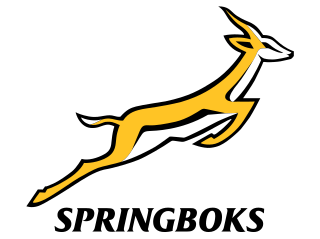
The South Africa national rugby union team, commonly known as the Springboks, is the country's national team governed by the South African Rugby Union. The Springboks play in green and gold jerseys with white shorts, and their emblem is the Springbok, a native antelope and the national animal of South Africa. The team has represented South African Rugby Union in international rugby union since 30 July 1891, when they played their first test match against a British Isles touring team. Currently, the Springboks are the reigning World Champions, having won the World Cup a record four times. South Africa have won half of the Rugby World Cups they have participated in and are also the second nation to win the World Cup consecutively.

The Diocesan College is a private, English medium, boarding and day high school for boys situated in the suburb of Rondebosch in Cape Town in the Western Cape province of South Africa. The school was established on 2 October 1849 by the Anglican Bishop of Cape Town.
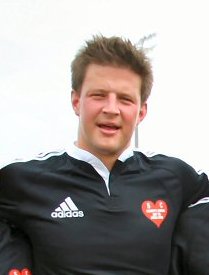
Robert Brian Skinstad is a former rugby union professional player who has represented the South African national team, the Springboks. He played in the positions of flanker and number eight. Although he is of British descent through his parents, his surname is of Norwegian origin.

Rondebosch Boys' High School is a public English medium high school for boys situated in the suburb of Rondebosch in Cape Town in the Western Cape province of South Africa. It is one of the oldest schools in the country, having been established in 1897. Rondebosch is the only school in the Western Cape to have a Nobel Prize laureate, Allan M. Cormack in Physiology and Medicine.
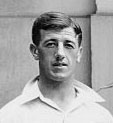
Harold Geoffrey Owen Owen-Smith, known as Tuppy Smith, was a South African cricketer who played Test cricket for South Africa and a rugby player who played for and captained the England rugby union team. He was born in Rondebosch, Cape Town, and died at Rosebank, also in Cape Town.
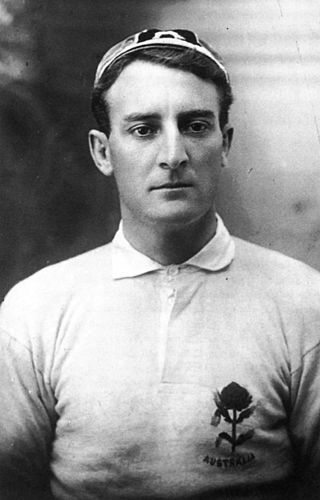
Thomas James "Rusty" Richards, MC was an Australian military officer and national representative rugby union player, who was born at Vegetable Creek, Emmaville in New South Wales. Richards is the only Australian-born player to ever represent both Australia and the British Lions and as such the Tom Richards Trophy is named in his honor. He is an inductee to the Australian Rugby Union Hall of Fame.
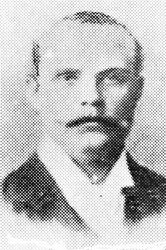
Herbert Hayton Castens was a South African rugby union footballer and cricketer. He captained South Africa at both rugby and cricket, and played an important role in the development of rugby and cricket in South Africa, both on and off the field. He was usually known as H. H. Castens.

Harold "Paddy" Carolin was a rugby union player who represented South Africa and is credited with conceiving both the 3-4-1 scrum formation and helping choose the name 'Springboks' for the South African national side. Carolin was the second player ever to serve as captain abroad, following Paul Roos.
Dyne Fenton Smith was an English rugby union international who played on two occasions for his country and was part of the first official British Isles team that toured South Africa in 1910.
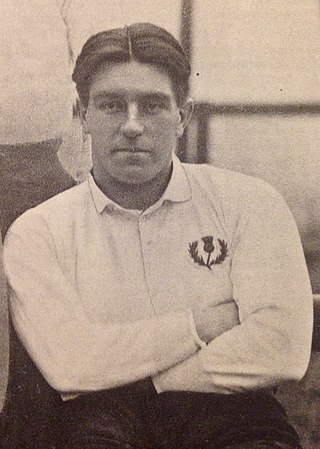
Walter Michael "Mike" Dickson was a rugby union player, who represented Scotland, Blackheath and Oxford. He was killed in World War I.
Tobias "Toby" Mortimer Moll was a South African rugby union player from Cape Town. He was awarded a single cap for South Africa on 27 August 1910, against the British Isles team on its 1910 tour of South Africa. He played for Randfontein RFC, Transvaal, and Western Province.
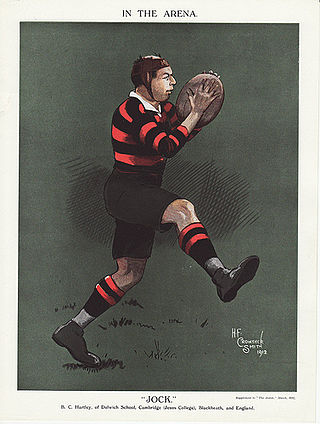
Major Bernard Charles "Jock" Hartley OBE was a rugby union international player who represented England from 1901 to 1902. At club level he represented Cambridge University and Blackheath. In 1938 he was given the role of team manager of the British Isles team on their tour of South Africa.
Stanley Wakefield Harris CBE was an early twentieth century all-round sportsman regarded as one of the greatest all-rounders to have played for the British and Irish Lions. As a rugby union international, he represented England in 1920, and the British Lions in 1924. He also turned down a place in the Great Britain Olympic squad in 1920, became a South African boxing champion and represented England in polo, all in between serving in both the First and Second World Wars.

Marthinus "Oupa" Versfeld was a South African international rugby union player.
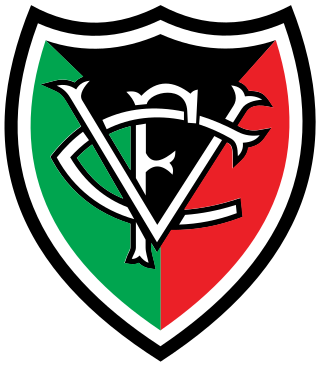
Villager Football Club was established on 2 June 1876 and claims to be the second oldest rugby club in Cape Town, South Africa. Villager FC were scheduled to play against Stellenbosch Rugby Football Club in the first official match at Newlands Stadium after it opened on 31 May 1890. Many notable South African rugby players began their careers at the club, including Paddy Carolin, vice-captain on the 1906 Springbok tour to Europe, and former 800m track world record holder Marcello Fiasconaro.
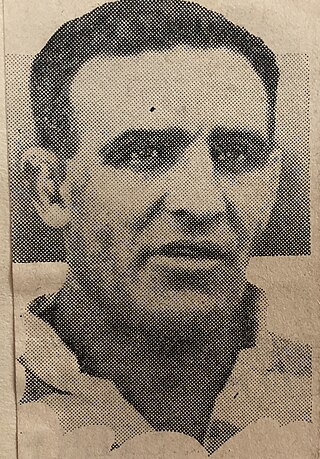
Phillippus Jacobus Mostert was a South African rugby union player and 16th captain of the South Africa national rugby union team. He predominantly played in the forwards as prop, but could also play lock.
1st Medium Regiment was an artillery regiment of the South African Army, formed in 1946 following World War II.
Theodorus Barend Pienaar was a South African rugby union player.
Lukas Cornelius Strachan was a South African rugby union international.
George Philip "Flappie" Lochner was a South African rugby union player.












